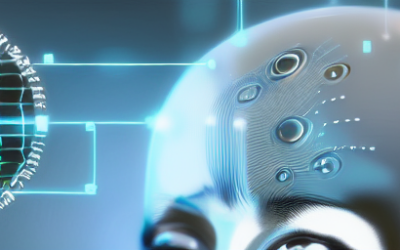Virtual reality is an immersive technology that allows users to experience computer-generated environments. Virtual reality can be used in the workplace to provide employees with immersive training experiences. For example, employees can be placed in a virtual customer service environment where they can practice dealing with difficult customer service scenarios.
Tech Blog
Tech Insights, Information, and InspirationImmersive Technology: Marketing in the New World
As technology advances, so does our ability to create immersive experiences. Whether it’s through virtual reality, augmented reality, or mixed reality, we are constantly finding new ways to engage with our surroundings in a more interactive and realistic way.
Cloud Computing: What You Need to Know
The cloud is a network of servers that are connected and allow users to access information and applications from any location. In simple terms, the cloud is a group of computer servers that are connected together. The cloud is used to store, manage, and process data. The cloud is also used to provide a variety of services, such as email, file sharing, and applications.
AI: An Intro to Artificial Intelligence
Artificial intelligence technology is a field of computer science and engineering focused on the creation of intelligent agents, which are systems that can reason, learn, and act autonomously. Artificial intelligence technology is used in a variety of applications, including search engines, expert systems, natural language processing, and robotics.
Cyber Security: Multi-Factor Authentication
Multi-factor authentication (MFA) is an authentication method in which a user is granted access only after successfully presenting two or more pieces of evidence (or “factors”) to an authentication mechanism.
Agile Development: Hybrid and Traditional
Agile development is a process for developing software in which requirements and solutions evolve through collaboration between self-organizing, cross-functional teams. It promotes adaptive planning, evolutionary development, early delivery, and continuous improvement, and it encourages rapid and flexible response to change.
The Basics on Object Oriented Design Concepts
Object-oriented design is a process of designing a software system around a group of objects. The objects are the core of the system and they interact with each other to perform the required tasks. The main advantage of using an object-oriented design is that it makes the system more modular and easier to maintain.
Get In Touch
UseTech Design, LLC
TROY, MI • BLOOMFIELD HILLS, MI
Call or text +1(734) 367-4100







